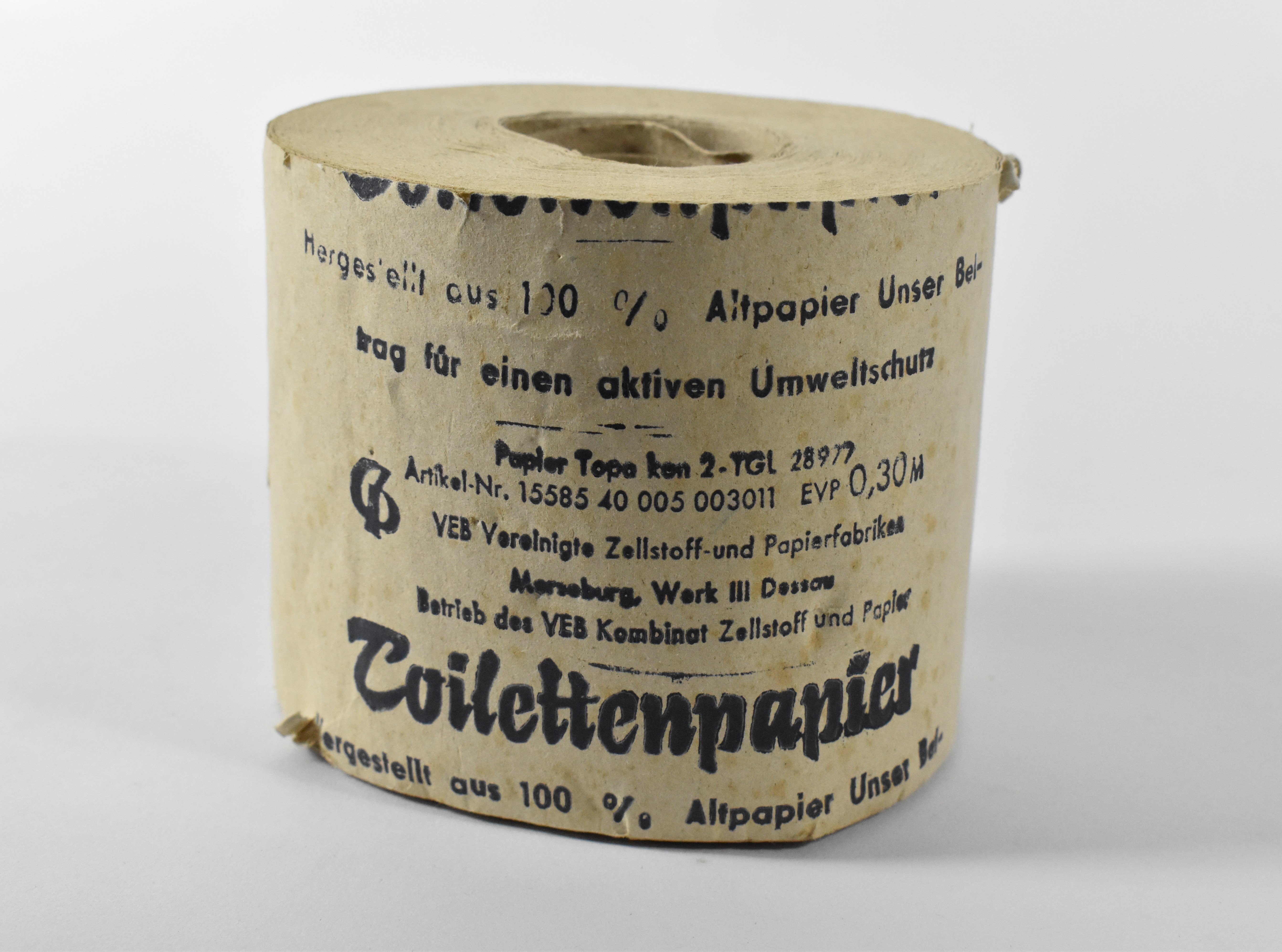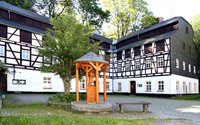Die zum einheitlichen Verkaufspreis von 0,30 Mark erhältliche Rolle aus dünnem, grauem Krepp entstammt der Produktion des VEB Vereinigte Zellstoff- und Papierfabriken Merseburg. Das für DDR-Verhältnisse vergleichsweise weiche Krepp ist von einer schlichten Banderole aus bedrucktem Altpapier umschlossen. Dem Aufdruck zufolge besteht das Papier aus 100% Altpapier.
en









